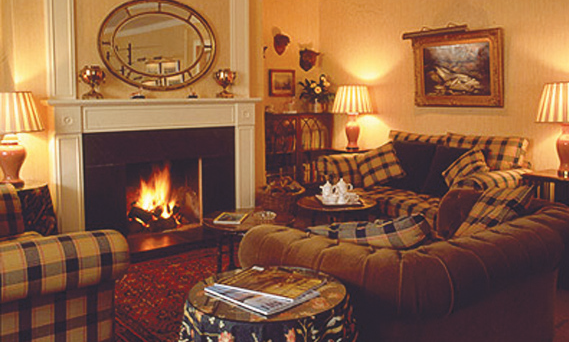Real Estate Resources
Winter Home Maintenance Guide

Don’t be the 25th caller in line for repairs when we get our first COLD day of the winter.
Have your furnace or heat pump system inspected in the autumn so that it is clean, in good working condition and able to achieve its manufacturer-rated efficiency.
Most inspectors will also measure carbon monoxide leakage.
An added incentive for doing this before the cold weather arrives: many heating/air-conditioning contractors offer special deals on heating system tune-ups before the actual winter season.
 Hot Air Rises, So Now is the Time to Reverse Your Ceiling Fan Rotation
Hot Air Rises, So Now is the Time to Reverse Your Ceiling Fan Rotation
The fan’s blades should run in a clockwise direction after your heat is turned on. According to Energy Star, your fan will produce an updraft and push down the heated air near the ceiling.
This is particularly helpful in rooms with high ceilings and may even allow you to nudge your thermostat down a degree or two for some savings.
Remember Snowmageddon?
 Damaged, loose or missing roof shingles are a source for water problems during winter storms and the aftermath of melting snow.
Damaged, loose or missing roof shingles are a source for water problems during winter storms and the aftermath of melting snow.
Take the first step toward preventing these issues in the winter by scanning your roof with a pair of binoculars. If need be, a handyman can usually repair a few shingles.
Windows and Doors


Windows and doors are another source of cold air. Even a gap as slim as the width of a nickel impacts your home’s energy efficiency. GE’s Silicone II Window and Door caulk seals exterior gaps in only three hours and is available at Strosniders and Home Depot for under $10. Before you go to the hardware store, check to see if you need to buy some weatherstripping for your doors. (To determine if you need to add some, make sure there is no visible daylight around the doorframe from inside your home.)
Keeping Water Away From Your Home
It is a good idea year round. Add flexible extensions to your downspouts so that water runs at least 3-4 feet away from your foundation.
This easy-to-do project runs about $10 per downspout-a small investment that may prevent big water problems later.
Fireplace Maintenance
 There’s nothing better than gathering with family and friends for the holidays or the Super Bowl, especially in front of a roaring fire.
There’s nothing better than gathering with family and friends for the holidays or the Super Bowl, especially in front of a roaring fire.
Before you send out your invitations, make sure your fireplace (or any heating appliance that burns gas, oil, wood or coal) chimney and vents are clean and in good condition.
This is a job for a professional, but an inspection and cleaning will prevent chimney fires and stop carbon monoxide from creeping into your home.
More Winter Home Maintenance Tips
- Turn off your exterior faucets-undrained water in pipes can freeze, causing the pipes to burst as the ice expands. To begin, simply disconnect your garden hoses and drain the water that remains in the faucets. If your home is more than 10-15 years old, you likely don’t have frost-proof faucets, so turn off the shut-off valve inside your home.
- Most horticulturists advise against pruning your trees or shrubs until late winter, when the plants have been long dormant and just before spring growth begins. Dead branches can and should be removed at any time. Pruning minimizes sap loss and subsequent stress to the tree, and minimizes the risk of fungus infection or insect infestation as both fungi and insects are likely to be in dormancy at the same time. In the case of deciduous trees, pruning when the leaves are off will give you a better idea of how your pruning will affect the shape of the tree.
- If you have one, now is a good time to test your sump pump. Slowly pour several gallons of water into the sump pit to see if the pump turns on. This should be done every few months, but especially after a long dry season. Most pumps today last about 10 years, so keep this in mind if you have been living in your home a while.
